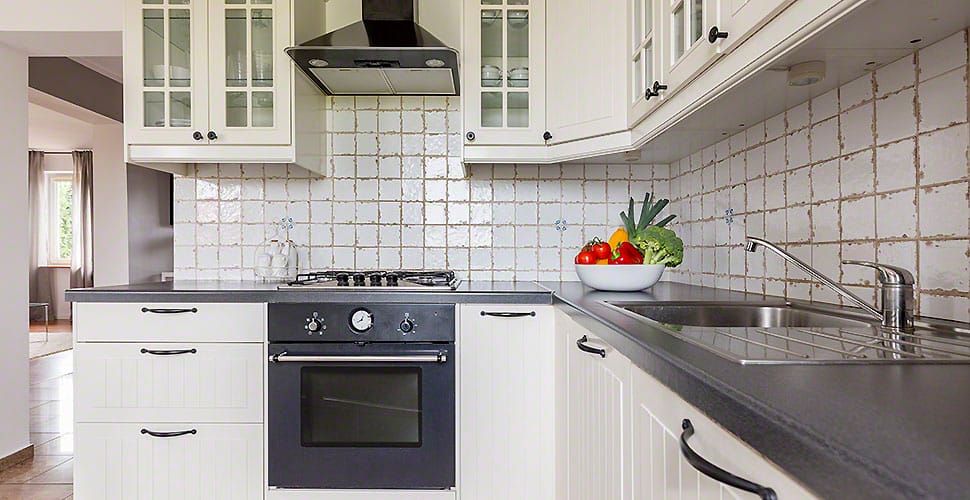On the counter, several stones may be used, but two of the most common are counter-tops of granite and marble countertops. In slabs that can be placed as counters, all stones are available and they have years of use.
Granite Countertops vs Marble Countertops
But, in the way they look and work in a busy kitchen setting, these two materials are quite different from one another. If you use marble or granite is based on your choice for style. We explain their distinctions below so that you can make a more educated decision about your house.
Appearance
Commercial granite, composed primarily of silica, feldspar, mica, and quartz, is an igneous or metamorphic stone. Typically, granite-labeled stones have a closely packed, granular texture on their surface. They can have veins or are solid, or flecks of red.
In composition, industrial marble is either metamorphic or sedimentary, formed predominantly of calcite. Some “marbles” may be a type of stone-built on quartzite or quartz, and a mineral called serpentine is made of green “marbles.” Marble is commonly distinguished by veins and a surface texture that is finer than granite.
It is often advised that you visit a stone yard for this purpose and pick the stone you want in person. Samples of marble or granite from the showroom cannot have an accurate image of what the stone looks like.
Durability
Many marbles are made of calcite, which is a mineral that is very fragile and brittle. This suggests the marble is more likely to absorb stains and overtime to etch or lose its finish. For your marble counter, using a honey or matte finish can help to mask some of the etching. Not all marble, though, is mainly made of calcite. Green marble, made of serpentine, is not as easy to etch, because, with extended contact with water, it may spill or flake.
In terms of hardness, granite can differ significantly. Real, igneous granites and gabbros are non-porous, do not need sealing, or readily scratching or etching, such as Absolute Black. Staining and etching are also impervious to most dark-colored granites.
Granite counters are usually considered more reliable than marble. Each stone, however, is granted a grade from ‘A’ to ‘D’. Any ‘D’ rating stone is labeled weak, whereas ‘A’ rating stones are labeled solid.
Cost
Prices for granite countertops are significantly cheaper than the cost of marble countertops. Granite starts at about $75 per built square foot. Marble starts at less to $100 per built square foot. While marble can top $200, the best granite countertops can cost $175 per square foot built.
The size of the work, the number of seams and corners, and the sink type you pick would also have an influence on the cost of countertops. You can find the best countertop rates and the most professional installers in your region by collecting at least three written quotes from countertop contractors.
Maintenance
Per natural stone has its own degree of maintenance that is necessary. There are differences, also between granites and marbles. Many granites, however, have lower upkeep than most marbles.
For granite, immediately after installation, all stones except black should be sealed. Furthermore, always scrub drops as soon as they are seen to avoid future staining and spray the stone with a PH-neutral cleaner to avoid the finish from being etched or removed.
For marble, a sealer made for porous stone should be used to routinely seal all stones. Marble can stain more easily even with a sealer, which can be hard to get out even with a poultice. Like granite, to prevent more etching, marble should often be washed with a PH-neutral cleanser. It should also be resealed at least once every four months, compared with granite per year.
Conclusion
In short, in order to find your perfect countertops, you need to map out your preferences to your marble and granite installers Reston, go with what suits you, and your aesthetic the best!



